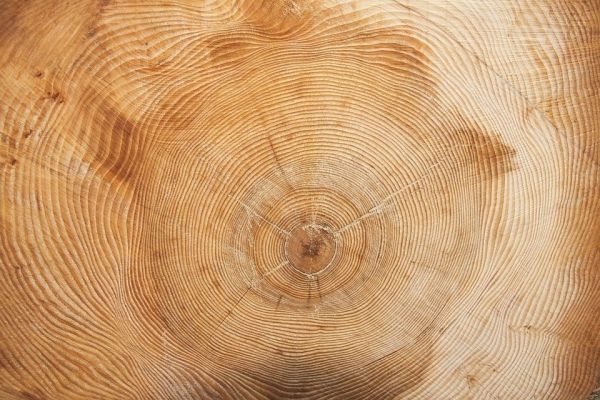University of Arkansas researchers have established a link between climate patterns in the Amazon and large parts of North and South America using their newly developed tree-ring chronology from the Amazon River basin.
The discovery helps researchers better understand large-scale climate extremes and the impact of the El Niño phenomenon.
Tree growth is a well-established climate proxy. By comparing growth rings in Cedrela odorata trees found in the Rio Paru watershed of the eastern Amazon River with hundreds of similar chronologies in North and South America, scientists have shown an inverse relationship in tree growth, and therefore precipitation patterns, between the areas. Drought in the Amazon is correlated with wetness in the southwestern United States, Mexico and Patagonia, and vice versa.
The process is driven by the El Niño phenomenon, which influences surface-level winds along the equator, researchers said. El Niño is the name given to a large-scale irregularly occurring climate pattern associated with unusually warm water in the Pacific Ocean.
Read more at University of Arkansas
Photo Credit: stux via Pixabay


